As the leader of the Vienna Secession, Gustav Klimt was a master of SymbolismSymbolism was a late 19th-century art movement of French, Belgian, and Russian origin. Poets and fine artists were seeking to represent absolute truths using metaphorical images in reaction against realism and naturalism. Content of both images and poetry were suggestive contents to express mystical ideas, emotions, and states of mind. Paul Gauguin, Nave Nave Mahana (1869) The term was coined More. He embedded allusions of the human psyche in extravagantly decorated patterns and figures populating his canvases. In his artwork, he incorporated lavishly painted figures with allusions to sexuality and the human psyche, often carrying messages of sexual liberation, pleasure, and mental burden. As is the case in “The Kiss”, his pictures express an intense and heartfelt connection between the artist and his models. Contrary to other pictures of his Golden Period, which were subject to public criticism, this picture was enthusiastically received and purchased by the Austrian government.
Where is the picture “The Kiss” today?
The original picture of “The Kiss” is on permanent display at the Österreichische Galerie Belvedere Museum in Vienna today.
What’s in it?
Against a gold, flat background, the paintingPainting is a fundamental form of visual art that has been practiced for thousands of years. It involves applying pigment to a surface such as canvas, paper, or a wall. Painting can be explored through various styles, techniques, and mediums, each offering unique possibilities for expression and creativity. Historical Background • Ancient Beginnings: The history of painting dates back to More depicts a couple embracing each other, their bodies entwined in elaborate robes. They are situated at the edge of a green meadow with colourful flowers. The male wears a coat with black and gray blocks of colour and subtle swirls, a crown of vines on his head. Likewise, the woman wears a crown of flowers and a dress with floral decorations reminiscent of typical Art NouveauIn the desire to abandon the historical styles of the 19th century and overcome historicism in architecture and decoration, Art Noveau appeared in a wide variety of strands worldwide, most popular between 1890 and 1910. The movement is also known as the Glasgow Style, in the German-speaking world, as Jugendstil, or as Stile Liberty in Italian. Enthusiasts in the decorative More patterns. Full of devotion, the man bends his face toward the woman’s cheek for a kiss, cradling her upturned face in his hands. Within the sharply stylized and flattened composition, Klimt evokes a moment of intense sensual pleasure.
What’s the context?
In 1903, Klimt travelled twice to Ravenna where he saw the golden mosaics of the Basilica of San Vitale, a late antique church in Ravenna, Italy. He was strongly influenced by the golden pictures, the fascia with twining flowers, birds, and horns of plenty of the basilica and incorporated gold leaf in his work of what would become known as his “Golden Period“. The use of gold further harked back to his early childhood, since his father had been a metal worker and gold engraver.
He created a series of paintings with iconic figures, in which he made extensive use of ornamental gold leaf and applying a two-dimensional perspective reminiscent of Egyptian or Byzantine mosaics. Best known are the pictures “Judith and the Head of Holofernes” (1901), “Danae” (1907), the “Portrait of Adele Bloch-Bauer I” (1907), and finally most famously “The Kiss” (1907-1908). Each of these works points towards the allegory, which represents the mystical union of spiritual and erotic love.
Chatter and Prattle
- Sexuality and love were common themes found in Gustav Klimt’s works. Several paintings, including “The Kiss”, and numberless sketches are examples of the artist’s focus on romantic intimacy. Many art historians believe that his companion Emilie Flöge modelled for the work and that the other person is a self-portrait of Klimt However, literal prove for this thesis is scarce.
- Many works of popular art reference the picture “The Kiss”. For example, 20th Century Fox released the romance movie “This Means War” in 2012 starring Reese Witherspoon and Chris Pine in 2012. In one scene, the two actors tour a private Klimt collection with “The Kiss” as focal piece. In the poetry book “Sew Me Wide-Eyed to the Fabric of Your Tongue” by Dennis Collins Johnson published in 2020, “The Kiss” is both subject and title of one of his pieces of poetry.
Do you want to comment on this text or add information? We would like to hear from you.
Recommended Readings:
This article may contain compensated links. Please read Disclaimer for more info. As an Amazon Associate, I earn from qualifying purchases.
Susanna Partsch (2012): Gustav Klimt: Painter of Women
Eva di Stefano (2008): Gustav Klimt: Art Nouveau Visionary
Michael Kerrigan (2015): Gustav Klimt: Art Nouveau and the Vienna Secessionists (Masterworks)
Gilles Néret (2015): Klimt (Basic Art Series 2.0)
Tobias G. Natter (2018): Gustav Klimt. Drawings and Paintings (Bibliotheca Universalis)

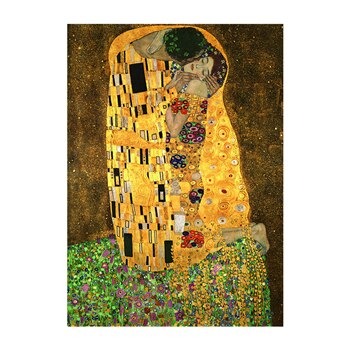
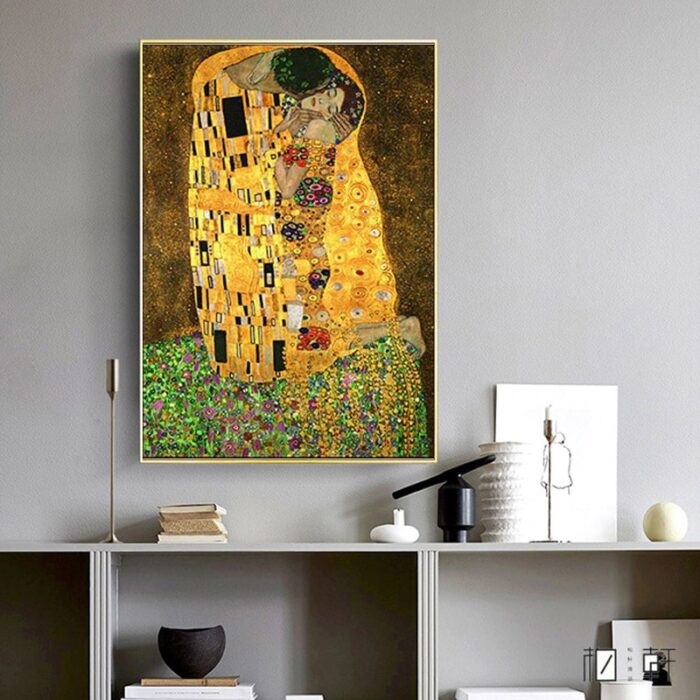
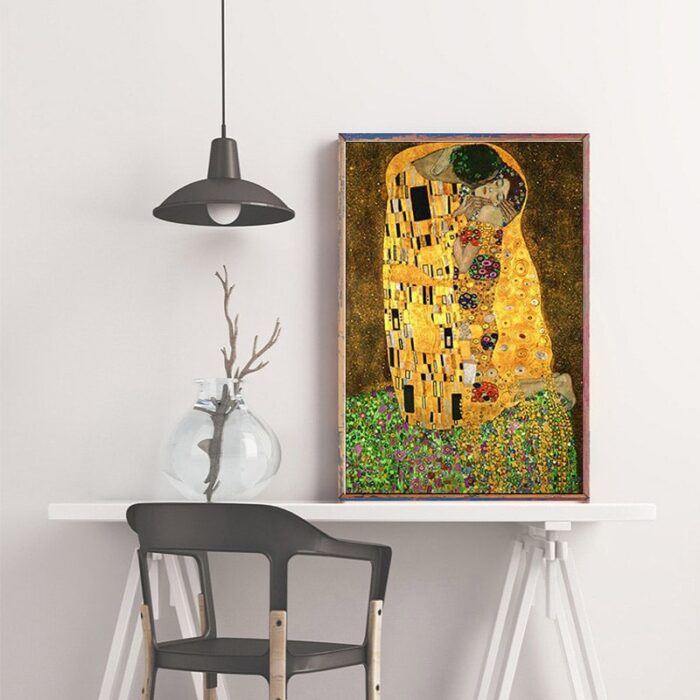
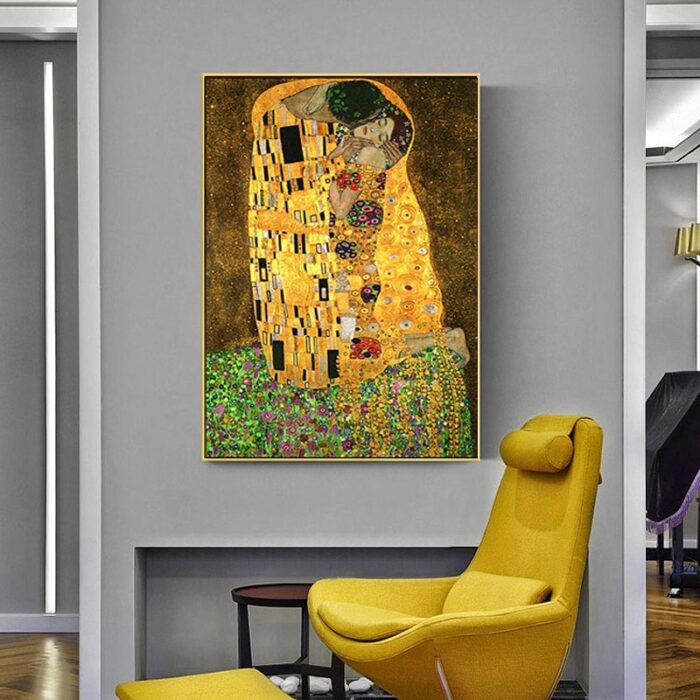
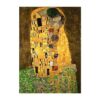

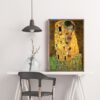
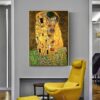
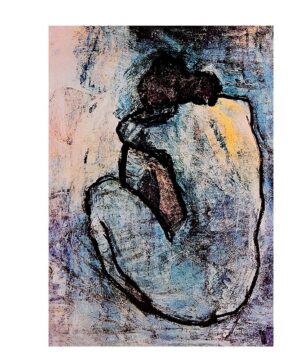
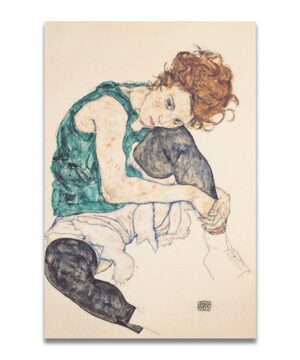
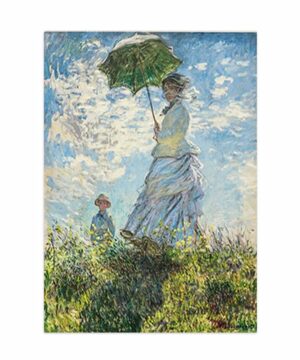
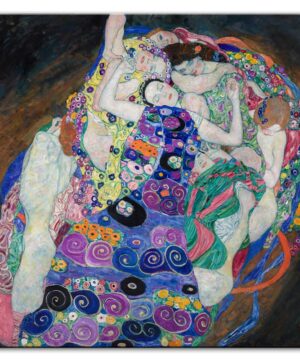
Reviews
There are no reviews yet.